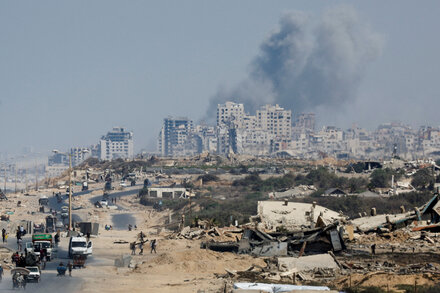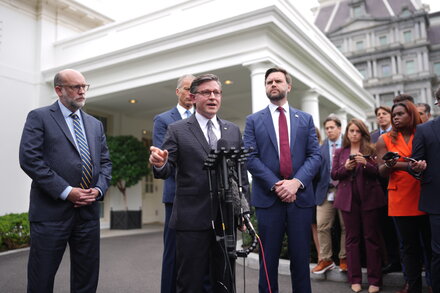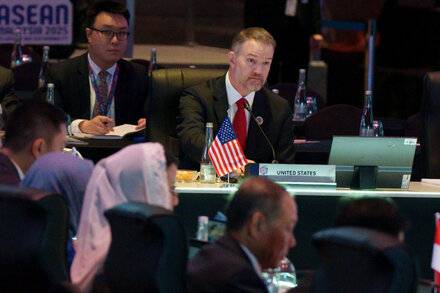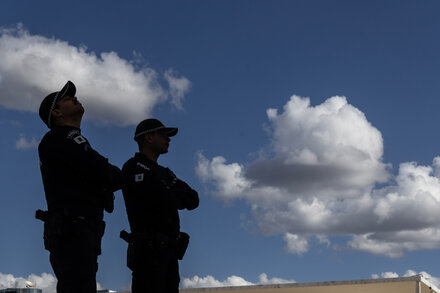
Amid ongoing international efforts to resolve the conflict in Gaza, the White House has put forth a comprehensive proposal aimed at securing a lasting ceasefire, the release of all hostages, and a pathway to post-war stability. While the full, formal text of such diplomatic initiatives is often subject to sensitive negotiations and not immediately released as a single public document, U.S. President Joe Biden has publicly outlined the core elements of what is widely referred to as a three-phase plan.
Overview of the Three-Phase Proposal
On May 31, 2024, President Biden publicly detailed the framework of the U.S.-backed proposal, which he described as an Israeli offer, designed to bring an end to the hostilities. The plan is structured into three distinct phases, each with specific objectives.
“It’s a roadmap to an enduring ceasefire and the release of all hostages,” President Biden stated, emphasizing the humanitarian and security goals of the proposal.
Phase One: Ceasefire and Hostage Release
The initial phase is envisioned to last for six weeks and would involve an immediate, full, and complete ceasefire. Key components of this phase include:
- The withdrawal of Israeli forces from all populated areas of Gaza.
- The release of a number of hostages, including women, the elderly, and the wounded.
- In exchange for these hostages, hundreds of Palestinian prisoners would be released.
- A significant surge in humanitarian aid to Gaza, with 600 trucks carrying assistance entering the strip daily.
Phase Two: Permanent End to Hostilities
Should the first phase be successfully implemented, the second phase would commence. This stage focuses on a more comprehensive cessation of fighting and the release of remaining captives.
President Biden outlined: “The second phase would include the release of all remaining living hostages, including male soldiers, and Israeli forces would withdraw from Gaza, and as long as Hamas lives up to its commitments, a permanent end to hostilities.”
This phase is contingent on ongoing negotiations and adherence by all parties to the terms agreed upon in the initial stage. The transition from a temporary ceasefire to a permanent cessation of hostilities marks a critical point in the proposal.
Phase Three: Reconstruction and Long-Term Stability
The final phase addresses the extensive needs for recovery and future governance in Gaza. It focuses on the massive undertaking of rebuilding the devastated territory and establishing a framework for long-term peace and security.
“And the third phase would begin a major reconstruction of Gaza,” President Biden stated, highlighting the long-term vision for the Strip.
This phase would involve international cooperation for the reconstruction of homes, infrastructure, and essential services, alongside discussions on a sustainable governance structure for Gaza that is separate from Hamas, and efforts to advance a two-state solution for lasting peace between Israelis and Palestinians.
Diplomatic Efforts and International Engagement
The White House has been actively engaging with regional and international partners to garner support for this proposal. Secretary of State Antony Blinken has undertaken multiple diplomatic missions to the Middle East, holding talks with Israeli, Palestinian, and Arab leaders to push for the acceptance and implementation of the plan. The United States has stressed the urgency of the situation, citing the dire humanitarian crisis in Gaza and the imperative to secure the release of all remaining hostages.
While the full intricacies of the diplomatic back-and-forth remain part of confidential negotiations, the publicly articulated three-phase plan represents the current cornerstone of the U.S. administration’s efforts to broker a resolution to the ongoing conflict.
Source: Read the original article here.





